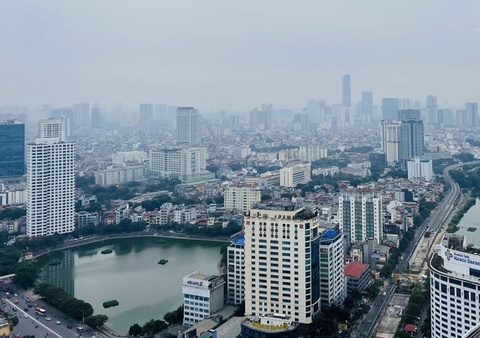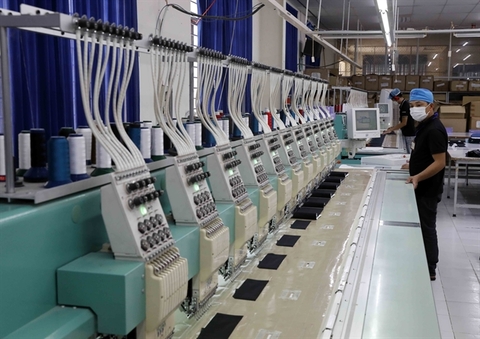Review of Vietnam’s economy 2022: Global & local headwinds have just begun
Review of Vietnam’s economy 2022: Global & local headwinds have just begun
2022 was filled with geo-political turmoil which reversed the anticipated post-COVID recovery momentum across the globe. While an array of drastic measures have been taken by the Vietnamese government, the local economy is still predicted to suffer disturbances over the coming year, according to a report by Dream Incubator that was released this month.

In 2022, a series of major incidents took place both internationally and domestically, which in turn had a substantial impact on the Vietnamese economy. Specifically, at a global level, the Russian-Ukraine conflict broke out in early February. Soon after that, energy shortages and supply chain disruptions triggered soaring inflation in the US and other countries. The US government responded with a series of rate hikes, putting pressure on the monetary policies of countries around the world, including Vietnam.
Domestically, the above series of events put strong pressure on Vietnam to control exchange rates and inflation. At the same time, an array of arrests – mostly in the real estate sector – such as Van Thinh Phat and Tan Hoang Minh took an additional toll on the local economy. The negative impact was mostly manifested through fluctuations in interest rates and the government’s effort to revamp the local corporate bond market.
A challenging year ahead
The local economy is likely to experience disturbances, not only in 2022 but also 2023. The outlook is grey across all core components of the local economy including business investments, imports and exports, and government and consumer spending.
Firstly, a series of Fed rate hikes in 2022 triggered central banks around the world, including Vietnam, to increase policy rates accordingly in order to keep inflation and exchange rates in check. Consequently, capital became more expensive and harder to access for local enterprises.
Secondly, in terms of trade, the steep appreciation of the USD against the VND inflated the cost of imported inputs from overseas, thus posing major challenges to local manufacturing firms and inflation control.
Thirdly, as the value of existing public foreign debt would surge as a result of exchange rate fluctuations, public spending was likely to be cut back.
Lastly, given the shrinking income and low confidence in the future of the economy, local consumers would have no other choice but to tighten their belts.
In light of the uncertainty, the government has taken drastic measures both in terms of monetary policy and regulatory adjustments to recover the local economy. Regarding monetary policy, the State Bank of Vietnam continuously adjusted upward policy rates in the latter half of 2022 to control inflation and exchange rate fluctuations. In December 2022, the local government raised the credit growth target by 1.5 to 2 per cent (equivalent to $10.4 billion in new money supply). This was applicable to all financial institutions, lifting the previous credit limit from 14 to 16 per cent. The purpose was to incentivise certain prioritised sectors including agriculture, exports, and real estate (particularly within the social housing segment).
The Vietnamese government also took a firm hand on the revamp of the local corporate bond market, which had been notoriously known for its lack of transparency and default risk. However, solely relying on monetary supply will not suffice. Many more actions are to be needed to allow better money absorption from the development to sales, thus allowing more liquidity and reinvestments in the new year.



















